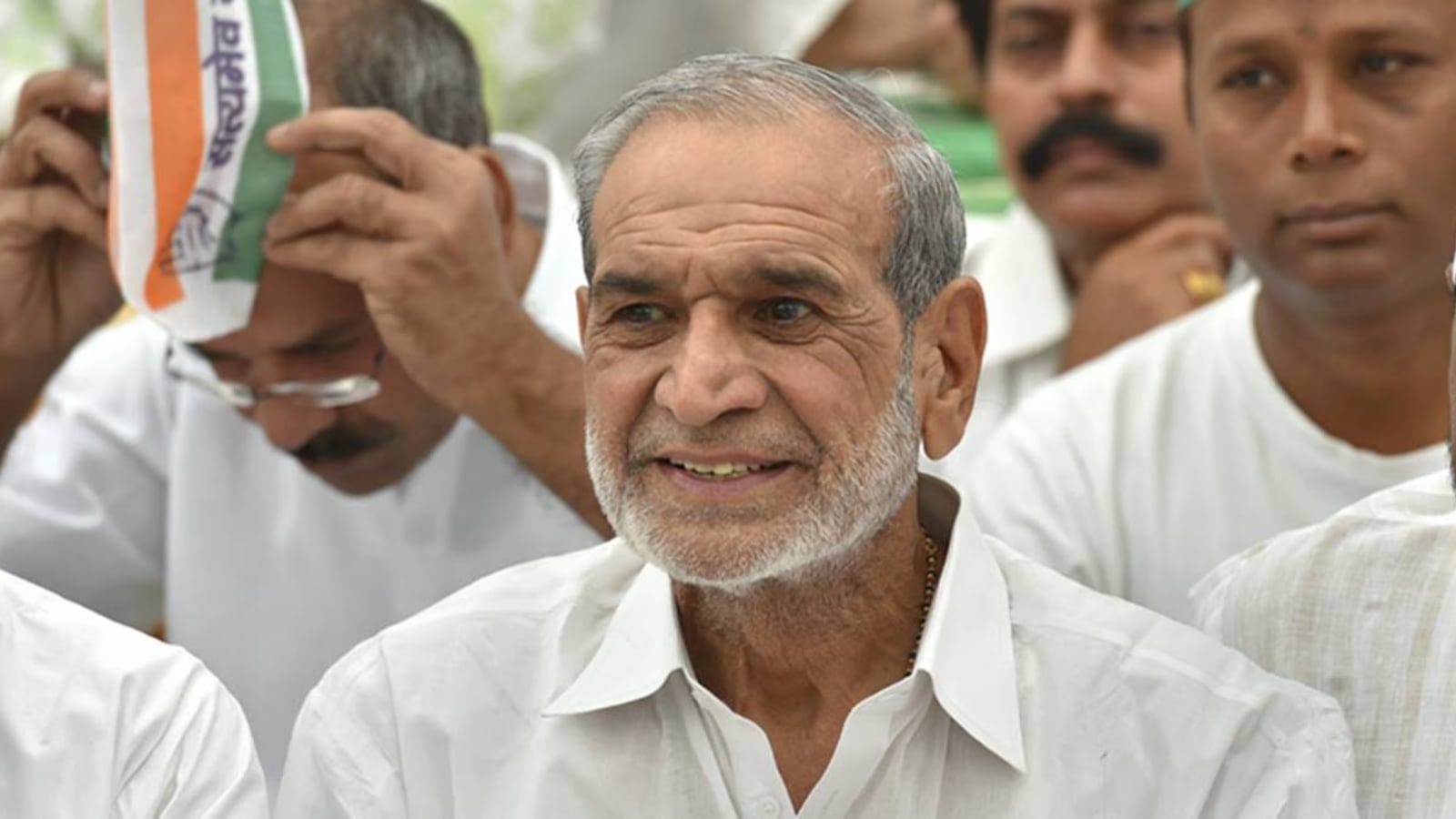 |
|
The Delhi court's conviction of former Congress MP Sajjan Kumar marks a significant development in the ongoing legal proceedings related to the 1984 anti-Sikh riots. This specific case centers on the brutal killings of Jaswant Singh and his son, Tarundeep Singh, in Saraswati Vihar, Delhi, on November 1, 1984. The Special Investigation Team (SIT) presented evidence alleging that Kumar, then a Congress MP for Outer Delhi, orchestrated the mob violence that led to the deaths and the destruction of the Singh family's property. The prosecution successfully argued that Kumar instigated and led a mob which resulted in the victims being burned alive. The court's decision, after considering the evidence and arguments presented by both sides, underscores the gravity of the crimes committed during the riots and the importance of holding those responsible accountable, even after a significant lapse of time. The conviction is a testament to the long and arduous pursuit of justice by the victims' families and the legal teams involved. The case highlights the lasting impact of the 1984 anti-Sikh riots and the need for continuous efforts to address the unresolved issues and bring closure to affected communities.
The defense, represented by Anil Kumar Sharma, Anuj Sharma, and Apoorav Sharma, challenged the credibility of the complainants – the wives and mothers of the victims – who testified after a considerable delay of seven years. The defense argued that this delay undermined the reliability of their eyewitness accounts. This highlights a key aspect of such historical cases: the challenges of gathering and presenting evidence after such a significant passage of time. The defense strategy underscores the legal complexities and the burden of proof that rests on the prosecution in such cases, especially when dealing with testimony reliant on memory and the passage of many years. The defense's argument demonstrates the importance of robust legal procedures in ensuring that justice is served fairly, even amidst the inherent difficulties of prosecuting events that occurred decades ago.
The broader context of this case is the larger backdrop of the 1984 anti-Sikh riots, which followed the assassination of Prime Minister Indira Gandhi by her Sikh bodyguards. These riots resulted in widespread violence and the killing of thousands of Sikhs across India. The case against Sajjan Kumar has been subject to lengthy legal proceedings, spanning years of investigation, trials, and appeals. The establishment of the Justice Ranganath Mishra Commission in 1985, aimed at investigating the organized violence, underlines the government’s initial attempt to address the scale of the atrocities. The fact that this particular case, along with other related cases, took several decades to reach a final verdict highlights the bureaucratic hurdles and legal complexities associated with prosecuting events of such historical significance. The complexities in these cases extend beyond just delays; they entail meticulously examining evidence, addressing inconsistencies in testimony, and overcoming the challenges associated with bringing those responsible for orchestrating such widespread violence to justice.
The case also highlights the significance of the SIT's role in investigating the 1984 anti-Sikh riots. The SIT's persistence in pursuing justice, despite the significant time elapsed and the political implications of prosecuting prominent figures, demonstrates the importance of independent investigative bodies in holding even influential individuals accountable. The dedication of the SIT in building a case against Kumar, along with the lawyers representing the victims' families, shows a commitment to ensuring that those responsible for the crimes are brought before the court and that victims receive some measure of justice. This emphasizes the importance of persistent and thorough investigation and prosecution in such high-profile, politically charged cases, where the passage of time could potentially hamper the process and potentially lead to impunity for the perpetrators. The ongoing legal battles involving Sajjan Kumar – a life sentence for another case, acquittals in some, and pending appeals – showcase the complexities and length of the judicial process in seeking justice for the victims and their families.
The upcoming sentencing arguments, scheduled for February 18, will determine the final punishment for Sajjan Kumar. The sentence will be a crucial element in the overall justice process and will have implications for the legal system's ability to provide closure and accountability in cases involving significant historical events and political ramifications. This case underscores the enduring impact of past tragedies on the present and the ongoing need for reconciliation and justice. The final sentence will also send a strong message regarding accountability for individuals involved in the 1984 anti-Sikh riots, and will contribute to the broader discussions about justice, accountability, and healing for the affected communities. The legal outcome will have significant implications not just for those directly involved but for the larger society and its efforts to address past injustices.
